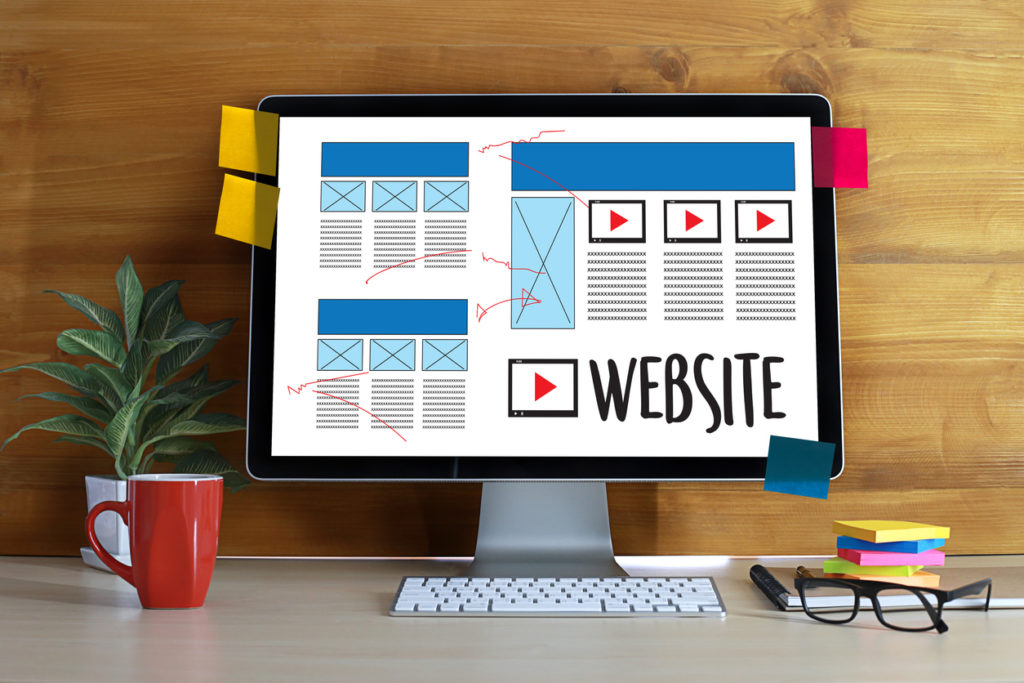Computer-Aided Engineering (CAE) simulation has become an essential tool in the engineering design process, allowing engineers to explore the performance of their designs before manufacturing a single prototype. CAE simulation has three main phases: pre-processing, solving, and post-processing. This article will take a closer look at each phase and discuss some best practices for using CAE simulation software.
What are the three phases of CAE simulation, and what do they involve?
The first phase of CAE simulation is known as pre-processing, which involves creating and editing the model that will be simulated. It typically involves defining geometry, assigning materials, and setting up boundary conditions such as forces or heat transfer.
The second phase of CAE simulation is solving, during which computer algorithms use mathematical models to predict how a design will perform under various scenarios. Depending on the type of simulation being performed, this may involve finite element analysis or other techniques for predicting stress and strain, fluid flow and pressure, thermal conductivity and temperature distribution, etc.
Finally, the third phase of CAE simulation is post-processing, during which engineers analyze the results obtained from their simulations to make any necessary design improvements or modifications. It may involve using visualization tools to explore the results in more detail and statistical analysis techniques for identifying trends and patterns.
Overall, CAE simulation is an invaluable tool that helps engineers design better products and make more informed decisions about their designs. Whether you are just starting with CAE modeling or already have significant experience, it is vital to understand the three main phases of simulation to get the most out of your software and achieve successful results.
How can you benefit from using CAE simulation software in your business or organization?
There are many benefits to using CAE simulation software in your business or organization, including improved product quality and performance, faster time-to-market for new products, reduced costs associated with prototyping and testing, and more informed decision-making throughout the design process.
For example, suppose you are developing a new product or system. In that case, CAE simulation can help you explore various configurations and parameters to identify the most likely to meet your performance requirements. It can save you significant time and resources by allowing you to make decisions about your design upfront instead of going back and forth between prototypes and testing cycles.
In addition, CAE simulation software gives valuable insights into how your designs may perform under real-world conditions, allowing you to anticipate and troubleshoot problems before they arise. And by providing detailed visualizations of your simulations, it is easier to communicate design ideas and concepts to stakeholders, partners, or customers.
Overall, whether you are working on a complex system such as an aircraft or automobile or a smaller product like a consumer appliance or medical device, CAE simulation software can help you design better products that meet the needs and expectations of your customers. With the right tools and knowledge, you can achieve tremendous success in your business or organization by leveraging the power of CAE simulation.
What challenges do you face when using CAE simulation software?
There are several challenges you may encounter when using CAE simulation software, including issues with data integration and model setup, difficulties interpreting simulation results, limitations in the available tools or capabilities, and gaps in your knowledge or understanding of the simulation process.
One common challenge is data integration, which can involve combining different design information types from different sources into a central modeling environment. It may require working with disparate CAD files or collaborating with other teams or departments who may have their design tools and workflows.
Another challenge is model setup, which involves defining parameters such as material properties, boundary conditions, load cases, constraints, etc. It can be time-consuming and error-prone for complex models involving multiple components or sub-systems.
Interpreting simulation results can also be challenging, especially if you need to become more familiar with the underlying physics or have limited simulation software experience. With a clear understanding of what the results are telling you and how they relate to your design goals, it can be easier to make informed decisions about your design choices or identify potential areas for improvement.
In addition, some CAE simulation tools may offer only some of the capabilities or functionality you need for your particular project or application, limiting your ability to explore different design options or fully understand your designs under real-world conditions. Finally, suppose you need more knowledge or expertise in CAE modeling and analysis techniques. It can impact your ability to get the most out of your simulation software and fully utilize its capabilities.
Conclusion
There are several challenges you may encounter when using CAE simulation software, including issues with data integration and model setup, difficulties interpreting simulation results, limitations in the available tools or capabilities, and gaps in your knowledge or understanding of the simulation process. However, by gaining a deeper understanding of these challenges and developing the right skills and expertise, you can overcome many of these barriers and achieve tremendous success with your CAE simulations.
Follow Technoroll for more!





